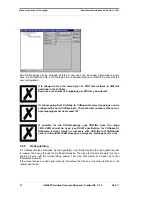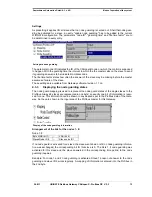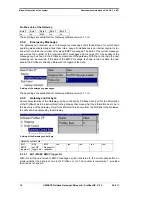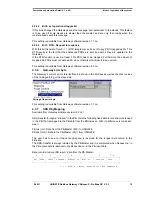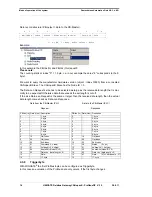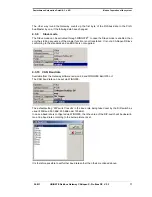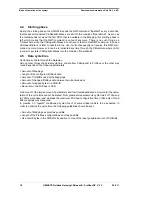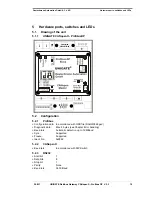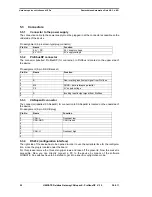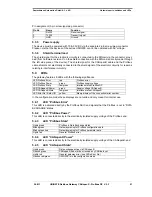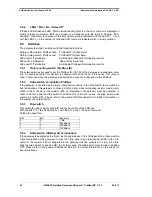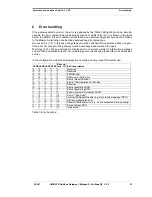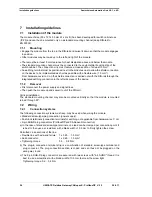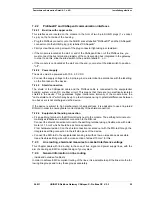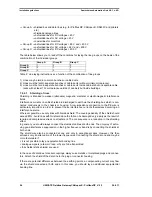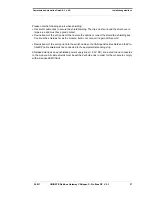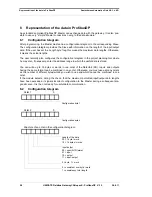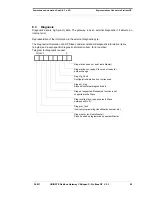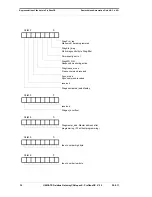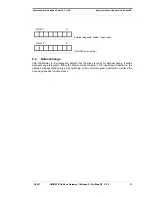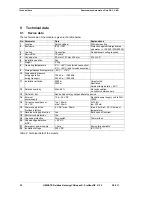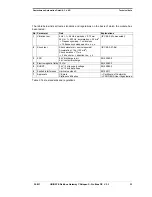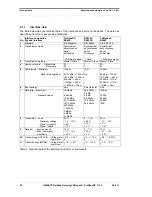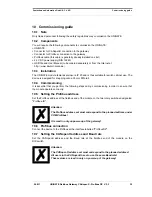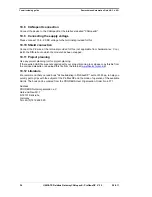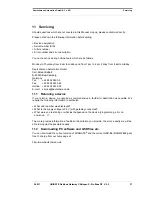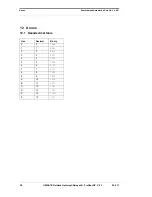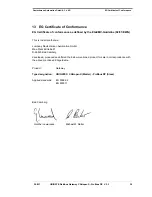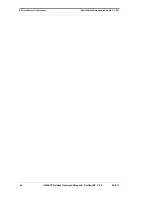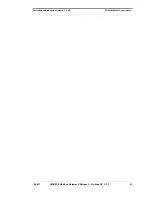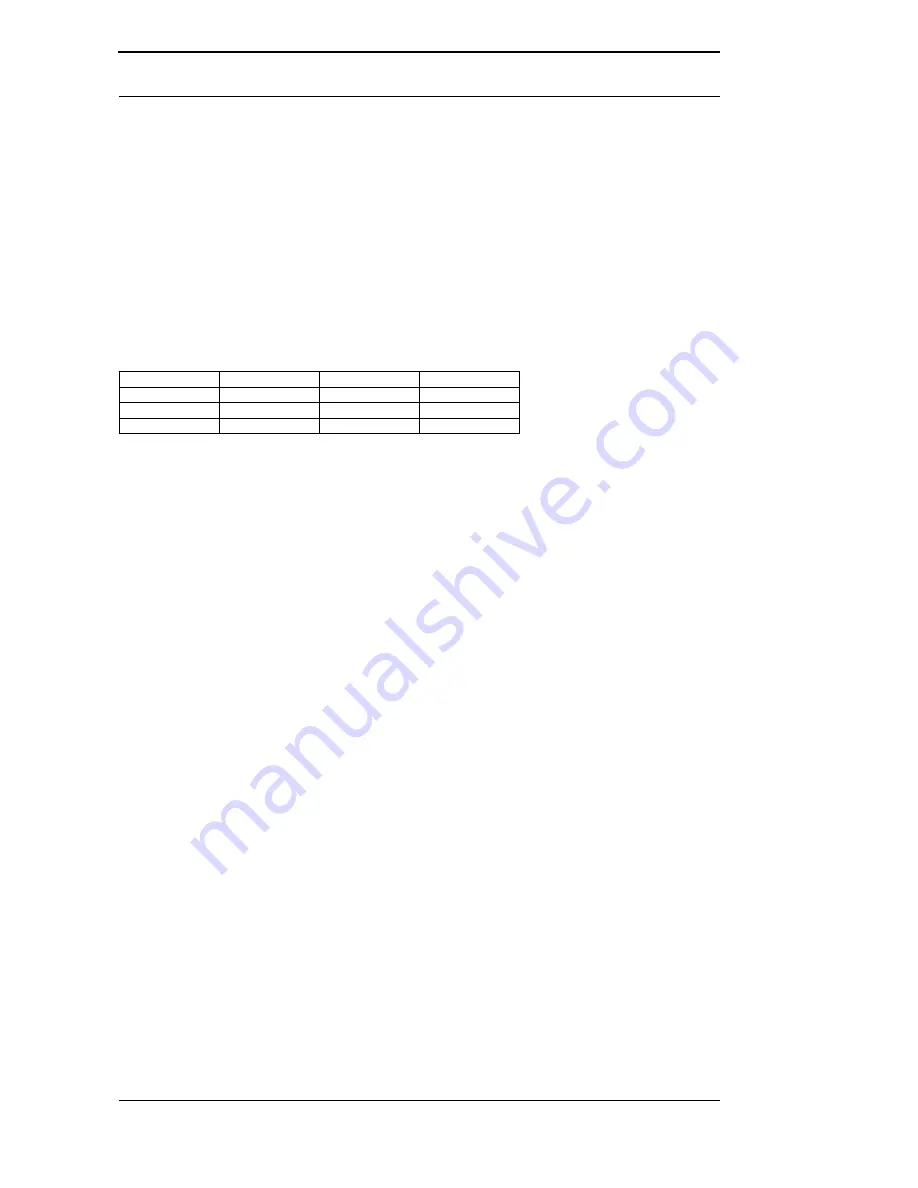
Installation guidelines
Deutschmann Automation GmbH & Co. KG
26
UNIGATE Fieldbus Gateway CANopen® - ProfibusDP V. 2.3
26.8.11
Group A: • shielded bus and data lines (e.g. for ProfibusDP, CANopen®, RS232C and printers
etc.)
• shielded analogue lines
• unshielded lines for DC voltages
60 V
• unshielded lines for AC voltage
25 V
• coaxial lines for monitors
Group B: • unshielded lines for DC voltages
60 V and
400 V
• unshielded lines for AC voltage
24 V and
400 V
Group C: • unshielded lines for DC voltages > 400 V
The table below allows you to read off the conditions for laying the line groups on the basis of the
combination of the individual groups.
Group A
Group B
Group C
Group A
1
2
3
Group B
2
1
3
Group C
3
3
1
Table 2: Line laying instructions as a function of the combination of line groups
1) Lines may be laid in common bunches or cable ducts.
2) Lines must be laid in separate bunches or cable ducts (without minimum clearance).
3) Lines must be laid in separate bunches or cable ducts inside cabinets but on separate cable
racks with at least 10 cm clearance outside of cabinets but inside buildings.
7.2.4.1
Shielding of lines
Shielding is intended to weaken (attenuate) magnetic, electrical or electromagnetic interference
fields.
Interference currents on cable shields are discharged to earth via the shielding bus which is con-
nected conductively to the chassis or housing. A low-impedance connection to the PE wire is
particularly important in order to prevent these interference currents themselves becoming an
interference source.
Wherever possible, use only lines with braided shield. The coverage density of the shield should
exceed 80%. Avoid lines with foil shield since the foil can be damaged very easily as the result of
tensile and compressive stress on attachment. The consequence is a reduction in the shielding
effect.
In general, you should always connect the shields of cables at both ends. The only way of achie-
ving good interference suppression in the higher frequency band is by connecting the shields at
both ends.
The shield may also be connected at one end only in exceptional cases. However, this then
achieves only an attenuation of the lower frequencies. Connecting the shield at one end may be
more favourable if
•
it is not possible to lay an equipotential bonding line
•
analogue signals (a few mV resp. mA) are to be transmitted
•
foil shields (static shields) are used.
In the case of data lines for serial couplings, always use metallic or metallised plugs and connec-
tors. Attach the shield of the data line to the plug or connector housing.
If there are potential differences between the earthing points, a compensating current may flow
via the shield connected at both ends. In this case, you should lay an additional equipotential
bonding line.

